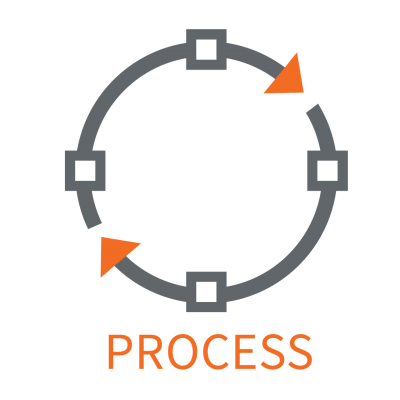HOW TO PLACE A COMPANY INTO CREDITORS VOLUNTARY LIQUIDATION
News and Blog
Hello and welcome to the next instalment of Purnells' weekly blog.
The subject of today's blog is "The procedure to place a Company into Creditors Voluntary Liquidation".
A basic point to start; a Creditors Voluntary Liquidation is a liquidation where the Company does NOT have the necessary funds to pay all creditors in full and the Directors and Shareholders are VOLUNTARILY placing it into liquidation.
DIRECTORS' MEETING
The first step to place a Company into Creditors Voluntary Liquidation is to hold a meeting of directors to agree to call a meeting of shareholders and creditors. (These meetings need to be called as it is at these meetings that the Company will be formally placed into Creditors Voluntary Liquidation).
At the meeting of Directors, the Chairman must sign the necessary Notices to call those meetings. These Notices are sent to all shareholders and creditors to allow them the opportunity to attend at the meeting and the Notices are placed in the London Gazette to advertise the meeting's dates and locations. In addition, letters must be sent to the Company's Bankers and employees to ensure that all relevant parties are notified of the meeting.
SHAREHOLDERS AND CREDITORS MEETING
The minimum period between signing the Notices and holding the meetings of shareholders and creditors is 14 days. However it is considered best practice to provide two clear days for postal and therefore the meetings are usually held 16 days after the date Notices are signed. Therefore this means that within 16 days of signing the necessary forms the Company could be in Creditors Voluntary Liquidation.
The meetings of shareholders and creditors must be held at a convenient location for creditors and, typically, this would usually be near to the Company's trading premises unless the Company's creditors are centred somewhere else.
At the meeting of shareholders the shareholders will nominate a liquidator of their choice. This liquidator must be ratified by the creditors, or they can appoint a different insolvency practitioner instead.
On the day of the meetings a "Pack" of documents is presented to those creditors present. That Pack includes all the statutory details of the Company together with its Statement of Affairs which is effectively a summary of its assets and liabilities. This pack would usually answer most of the questions of those creditors present, however there is an opportunity during the course of the meeting for ceditors to raise queries regarding the Company's trading.
At the meeting, one of the directors is appointed as Chairman. However, the running of the meeting is conducted by the insolvency professional present (usually the IP instructed by the Company to call the meetings and looking to be appointed as liquidator of the Company).
At the creditors meeting (usually 15 or 30 minutes after the shareholders meeting) a vote is taken by the creditors as to who they wish to be appointed as liquidator of your company .
Votes are calculated by the amount the creditor is owed. For example the vote cast by one creditor who is owed £50,000 outvotes say ten other creditors whose value of votes together only come to £40,000.
Following the meeting of creditors the Company is in liquidation and all its affairs will be dealt with by the liquidators thus relieving the directors of their day to day responsibility in respect of the Company.
I hope you have found this blog useful and should you wish to discuss Creditors Voluntary Liquidations in more detail, please do not hesitate to get in contact. Telephone: 01326 340579, Email: ale@purnells.co.uk

Posted: 20/11/2015 11:04
